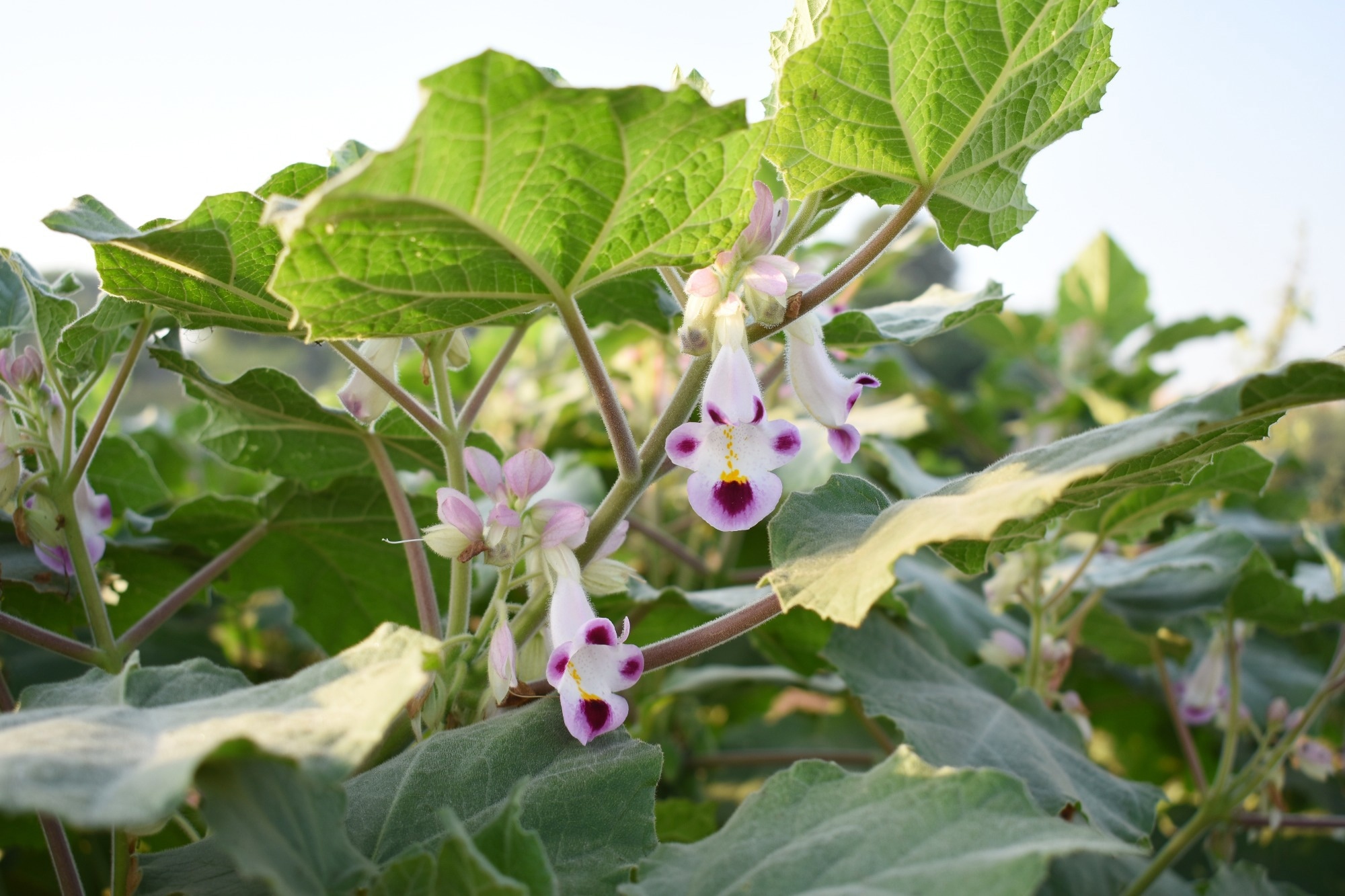Researchers have developed an eco-friendly method to produce silver nanoparticles from the roots of Martynia annua, showing strong antioxidant and anti-diabetic potential while avoiding the toxic by-products of conventional synthesis.

Image Credit: Nature's clicks/Shutterstock.com
Silver nanoparticles are particularly popular in research because of their high surface area-to-volume ratio, which boosts their reactivity and biological performance. However, producing these tiny particles is energy-intensive, uses toxic reagents, and generates hazardous waste.
Researchers are turning to plants to find a less environmentally compromising route to synthesis. Known as photosynthesis, scientists can harness the natural phytochemicals in plants to reduce silver ions (Ag+) to elemental silver (Ag0) and stabilize the resulting particles, preventing aggregation. The key compounds involved are terpenoids, flavonoids, saponins, and phenolics, among others.
The new study, published in Nano TransMed, focuses on Martynia annua, a plant with a rich phytochemical profile, particularly its roots, as the biological source for nanoparticle production.
Download your PDF copy now!
From Roots To Nanoparticles
The researchers first prepared an aqueous extract of Martynia annua roots, filtering the liquid carefully to retain the phytochemicals required for nanoparticle formation. When combined with a silver nitrate (AgNO3) solution under controlled conditions, the extract showed a visible change in color from pale yellow to reddish-brown, signalling the onset of surface plasmon resonance, a distinctive optical property of metal nanoparticles that confirms their synthesis.
The nanoparticles were characterized using several complementary techniques: UV/Vis spectroscopy, Fourier-transform infrared spectroscopy (FTIR), scanning electron microscopy (SEM), energy-dispersive X-ray spectroscopy (EDX), and dynamic light scattering (DLS).
UV/Vis spectroscopy revealed a peak at around 420 nm, a wavelength typical of silver nanoparticles. This provided further confirmation of the formation of particles exhibiting surface plasmon resonance.
FTIR identified functional groups on the particle surfaces, such as hydroxyl and carbonyl moieties, indicating the involvement of plant-derived compounds in capping and stabilization.
SEM images showed that the nanoparticles were predominantly polygonal or irregular in shape. EDX confirmed the elemental composition of the nanoparticles, with a majority of silver present at 58.08 %, and trace amounts of other elements.
DLS measured the hydrodynamic diameter of the particles at roughly 64 nm, with a polydispersity index of 0.385, suggesting a relatively uniform size distribution suitable for biomedical applications. Zeta potential analysis indicated a surface charge of -21.6 mV, reflecting moderate colloidal stability and a reduced tendency for the nanoparticles to clump together in suspension.
Phytochemical analysis of the root extract confirmed a strong presence of terpenoids, which are believed to facilitate both the reduction of silver ions and the long-term stability of the nanoparticles.
Strong Bioactivity
The team also assessed the biological properties of the Martynia annua-derived silver nanoparticles to assess their therapeutic potential.
Antioxidant assays of the particles demonstrated strong free radical scavenging ability in the DPPH test and substantial ferric reducing antioxidant power, important in counteracting oxidative stress. In diabetes, where oxidative stress plays a significant role in the onset and progression of the illness, this is particularly promising.
The nanoparticles inhibited α-amylase in enzymatic studies, an enzyme responsible for breaking down complex carbohydrates into simple sugars. By limiting α-amylase activity, the nanoparticles may help reduce post-meal spikes in blood glucose levels. Further, in cell-based experiments, they were found to enhance glucose uptake, indicating potential for improving glucose homeostasis in diabetic conditions.
A Sustainable Path Forward
Taken together, these results demonstrate that the green synthesis of silver nanoparticles from Martynia annua roots is both feasible and effective, producing stable, well-defined particles with strong antioxidant properties. The combination of favourable physicochemical attributes, such as appropriate size, shape, surface charge, and stability, with measurable biological benefits suggests these plant-derived nanoparticles could contribute to new therapeutic strategies.
With growing demand for environmentally responsible nanotechnology, such plant-mediated methods could help to strike a balance between sustainable manufacturing and high-performance biomedical materials.
Journal Reference
Abbigeri M.B., et al. (2025). Green synthesis of silver nanoparticles from Martynia annua: characterization and bioactivity. Nano TransMed, 4, 100070. DOI: 10.1016/j.ntm.2025.100070, https://www.sciencedirect.com/science/article/pii/S2790676025000019